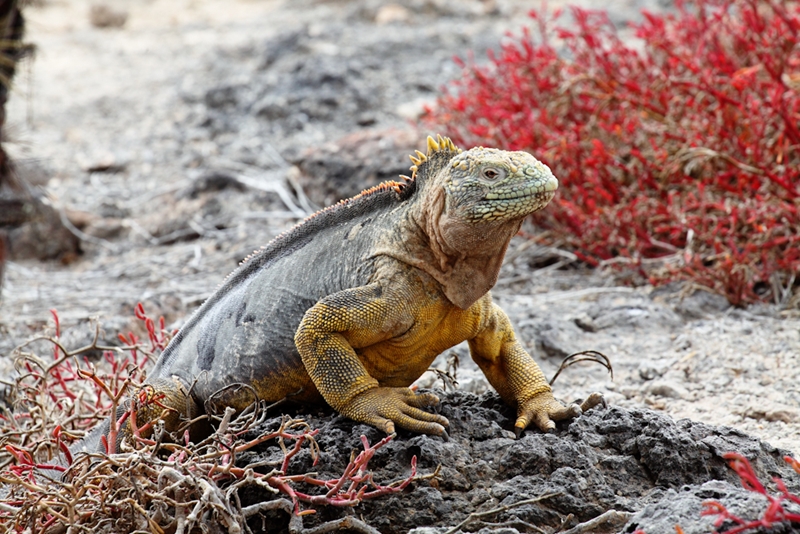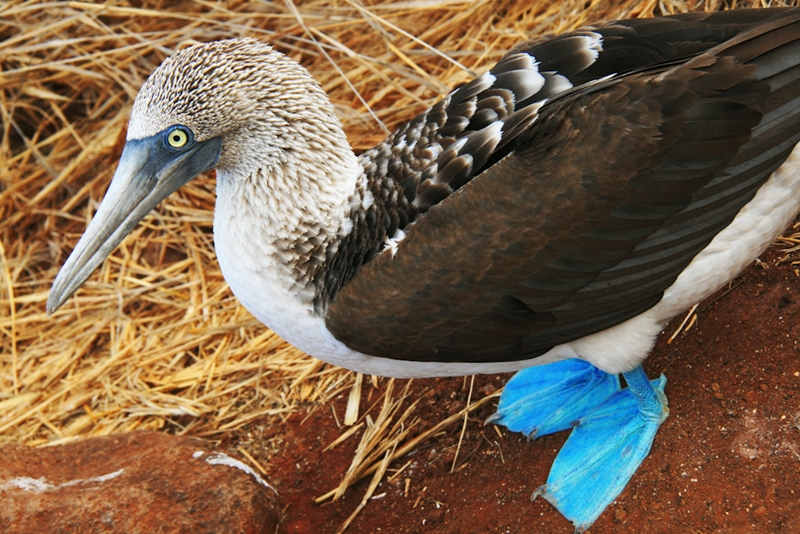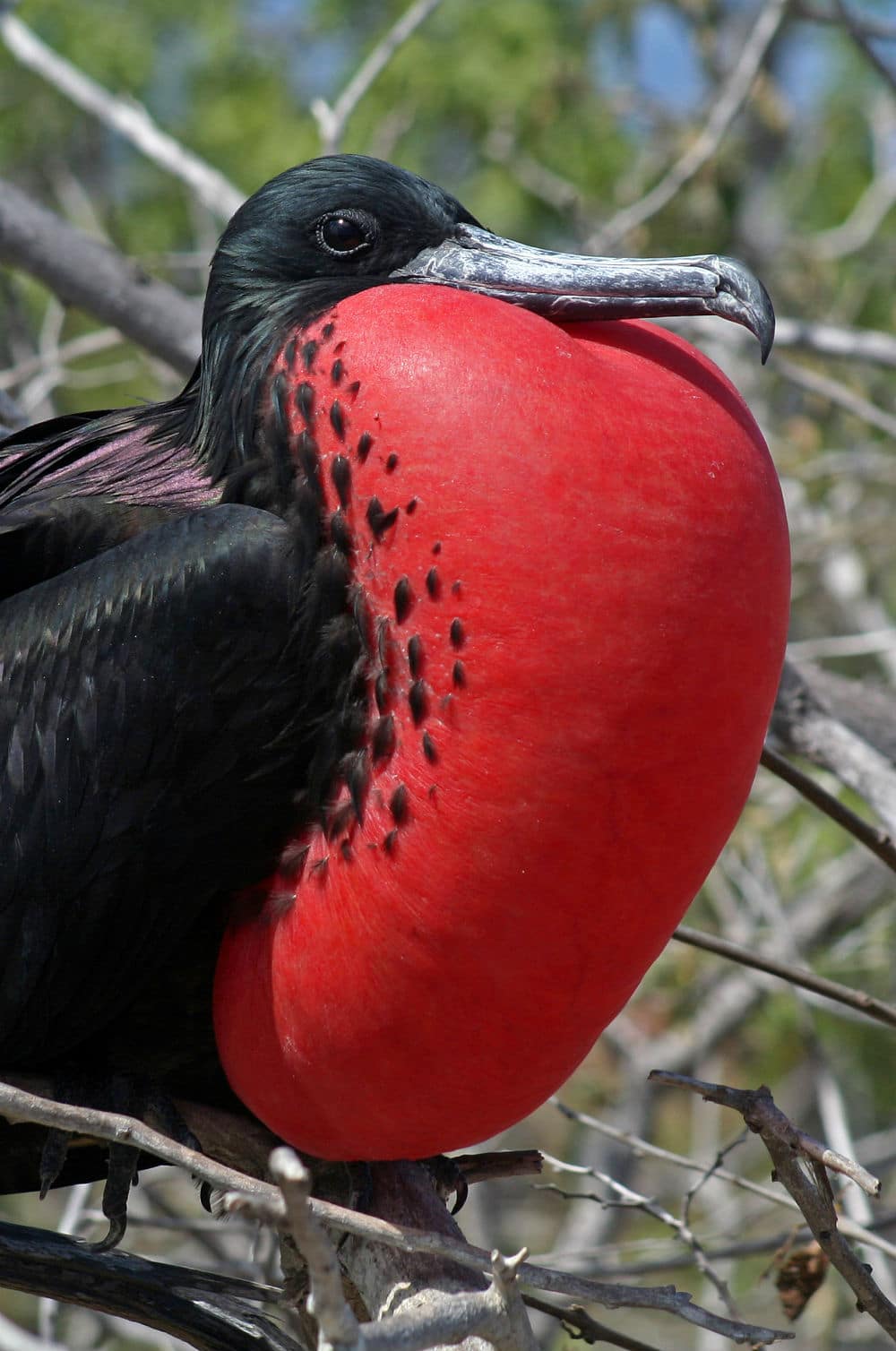Weird Wildlife of the Galapagos
Lying some 1,000 kilometres off the coast of South America, the Galapagos Islands are a naturalist’s treasure trove of unique plant and animal life. Perhaps the most well-known of these creatures is the giant Galapagos tortoise, the largest of the species which can weigh up to 250 kilograms.
However, apart from this monolithic creature, you might be keen to discover what other weird and wonderful wildlife roams these Ecuadorian islands. Here are three of our favourites.
Marine iguana
This prehistoric-looking reptile was once the subject of Charles Darwin’s observations, with the evolutionary theorist once calling them ‘hideous’, according to Cornell University. However, don’t let the marine iguana’s tough appearance put you off, these fascinating creatures can be found in an array of bright colours, and are generally quite harmless.
As noted by National Geographic, they grow up to 1.5 metres in length and can live up to 12 years of age. In addition, a quirk of the species is that they sneeze out salt from the glands on top of their heads, which results in them having what is affectionately known as a white ‘wig’. They are worth a moment of your time once you arrive on the Galapagos leg of your Ecuador expedition.

Blue-footed booby
This particular feathered friend appears to be your average, shore-dwelling bird, until you look down and see its bright blue webbed feet. This colourful feature is used to the male’s advantage during mating season, when the birds strut their stuff to show off to the females.
When they fly far out to sea to hunt for their prey, the blue-footed booby can fold back its impressive wingspan to dive into the water from heights of up to 24 metres. At night, the birds nest back on land, and use their blue feet to keep their young chicks warm.

Magnificent frigatebird
Another avian creature making the list is the magnificent frigatebird, which uses its impressive wingspan of almost 2.5 metres to soar into skies, reaching up to 2,500 metres in altitude according to BBC Nature. Their elegant, effortless flight is only upstaged by the bright red sac on the front of the males’ chests, which balloon up to try and make them more appealing to the female in mating season.
Part of the frigate family, this species is also known as the man-o’-war bird, due to its tendency to attack other birds in the air and steal their food.

To find out more about what creatures you can expect to encounter on our Ecuador in Depth tour make sure you get in touch with the expert team at Aurora Expeditions today.

